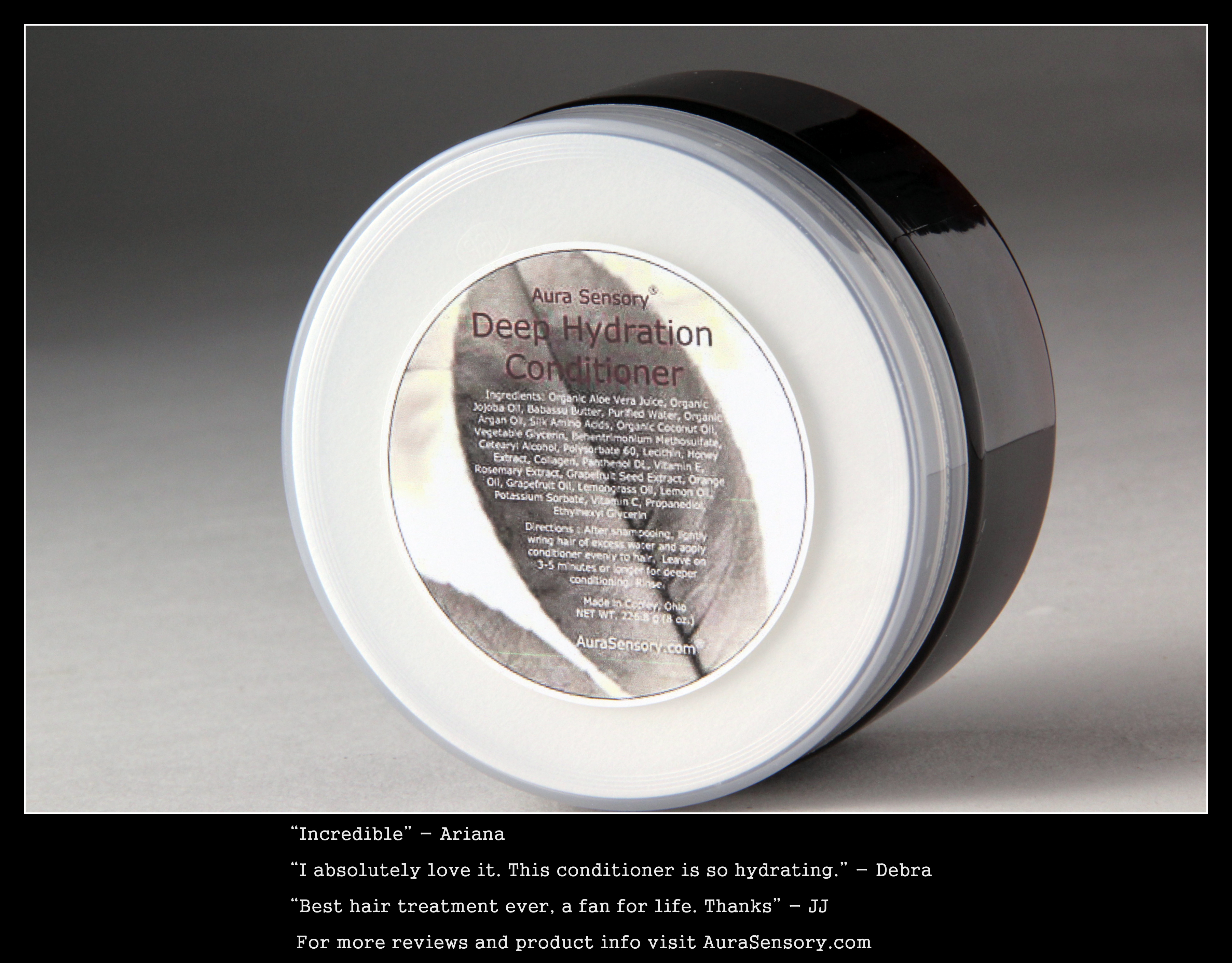The Humidity is Here : Some Tips to Protect Your Hair
Jun 24th 2018
 Unless you are blessed with ironclad, impenetrable hair strands, humidity presents a unique set of challenges for our hair. We'll cover not only the science behind humidity's hairstyle havoc-wrecking tendencies, but also some tips on how to protect your hair from its undesirable effects.
Unless you are blessed with ironclad, impenetrable hair strands, humidity presents a unique set of challenges for our hair. We'll cover not only the science behind humidity's hairstyle havoc-wrecking tendencies, but also some tips on how to protect your hair from its undesirable effects.
What is Considered a "High Humidity" Day?
Any humidity reading over 80% with temperatures also in the high 80’s can mean styling your hair is an exercise in futility unless you follow a few times tested ways to help protect it.So, why does humidity occur more in the summer months? The reason is because when the air is heated, it is much easier for moisture to stay suspended in the air.
This is essentially what humidity is – suspended water molecules that make the air feel “heavy”. The higher the temperature, the more humid it will feel, so higher humidity readings mean a lot more on higher temperature days. If it’s only 70 degrees with a high humidity reading, chances are you won’t feel uncomfortable and your hair won’t be hopelessly uncooperative.
So when you see humidity forecast at “50%”, this means that the air is 50% saturated with the amount of water molecules it is able to hold (without raining). Those that live near large bodies of water or the ocean will typically experience more frequent humidity. The water evaporates into the air, creating a more humid atmosphere. Related : How Often to Condition My Hair?
Don’t forget to keep reading below on the age old humidity measurement tool called the “hygrometer”. Is this doesn’t convince you of the power humidity can hold over your hair and the importance of keeping your hair in top shape to avoid its wrath, I don’t know what will!
The Effect of Humidity on Your Hair
Most people will notice that their hair behaves much better on days that are “drier”. Rainy days are typically the worst, not only because of the high humidity and steamy atmosphere created by constant drizzle, but by the higher content of vapor in the air. Even with an umbrella, it’s nearly impossible to avoid all vapor droplets from clinging to the hair.
Some people notice their hair will flatten if they’ve placed curls in it with a curling iron. Conversely, if you’ve flat ironed your hair, you may notice that it starts to frizz and curl up. This is because the humidity vapor breaks the bonds in the hair that created the style. The hydrogen bonds created by the infiltration of water molecules into the hair shaft make the hair fold back in on itself and lose any “shape” you created by styling it.
Frizz
The hydrogen bond effect can also fold the hair back in on itself so much that the “scales” on the hair can break. Once the cuticle is ruptured, this is what created the flyaway look of frizz. Unfortunately, frizz tends to be most apparent and abundant on the crown.
Special attention should be paid to this area if you’re using an anti-frizz hair product. You should also pay special attention to the crown, near the forehead where the stressed hair tends to be concentrated due to frequent heat styling when conditioning your hair on hot, humid days. You may also want to consider washing and conditioning the hair more during those steamy months since conditioner's protective effect wears off the hair in a few days.
Make sure you use a lower pH shampoo so it doesn't break the protective cuticle and allow more humidity to penetrate it, and a deeply hydrating conditioner to keep the hair moisturized and keep HUMIDITY OUT. Our Natural Shine Enhancing Shampoo and Deep Hydration Conditioner combo is formulated to do just that.
Dry Hair Invites More Frizz and Unruliness
Keeping your hair “filled” with moisture is key in combating frizz. This is why more frequent conditioning is recommended. Once conditioner wears off, the hair is more exposed to humidity and prone to soak it up. Fill the hair with moisture and seal it off by conditioning, and humidity has a harder time penetrating the shaft, breaking the cuticle, and creating frizz and general unruliness.
I like to carry around a bottle of argan oil. It comes in handy as a temporary smoothing tool when those crown flyaways appear if I’ve been caught in the rain or have gone a few days since shampooing and conditioning and need a refreshing blast of moisture to tamp things down.
The “Hygrometer”
A simple pulley and weight system, along with a 10 inch piece of human hair comprise the old fashioned humidity reading instrument called the hygrometer. As the hair curled up into itself with increasing humidity, it “moved the needle” for the hygrometer via the weight and pulley system.
The more it curled into itself, the more it indicated humidity was taking hold. This was a very effective, albeit primitive way of measuring the humidity in the air. And as a way of making the hair more sensitive to the humidity, alcohol would be applied to remove any protective moisture.
The moisture and any other barriers on the hair would prevent it from soaking up the humidity, rendering the instrument less sensitive to the humidity. So if this isn’t telling as to the importance of cuticle moisture and protection as a weapon against humidity, I don’t know what is!

